Real Home, Real Art Or Collecting Art 101, Good Bye Naked Walls!
by Amy Amdur CEO of Amdur Productions
Many of us started collecting art as kids, we just didn’t know we were doing anything special. We thumb tacked posters of our music idols (in my case ballet dancers) and downhill skiers (my brother) to our walls. We collected souvenirs, figurines, and awards from travels and life.
In college, we continued collecting. We decorated our cinder block college dorm rooms with more posters, anonymous big box framed art, and the occasional twinkling string of lights.
Post college, our first apartments were typically with roommates and we took on a more grown-up perspective on our art. We said goodbye to the posters and bought or inherited furniture and art for the walls. We were on a budget and quality was not a priority.
The move to first homes, or a real apartment/condo, signaled a new permanence and” grown-upness”. We wanted our homes to be nice, pretty, sophisticated. We invested in better furniture, big screen TVs and cool appliances. We had a real home and it was time for real art. We retired our old worn out big box art and the faded posters of our younger years.
We stared at our naked walls, in our grown-up apartments and homes, and they stared back at us waiting patiently for art to cover their emptiness. We wondered “Now What? “Well, I’m here to tell you that there is a solution, that it is fun, easy and doesn’t have to cost a lot of money.
Here’s a quick overview of the basics on collecting real art:
- Trust yourself. Ever since you were a kid, you knew what you liked to look at. True, you’re a grown-up now, but what you like is what YOU like.
- Know your budget. Art is available at all prices. Figure out what you are comfortable spending. You can budget for a single piece or for a room. Some people see collecting as something they will do over years. Budgets can change. Buy one piece at a time.
- Buy what you love.
Art collections are built over time in a few basic ways:
- Collect By Theme. Examples are collecting landscapes, nudes, or in my case “Pears”. I have collected pears over the years and must have over 40 paintings, sculptures, and mixed media pieces of pears. I love my pear collection. Each one is special, and brings memories of the artist who made the piece. See the larger than life still lifes of David Oleski , pears included (seen below)
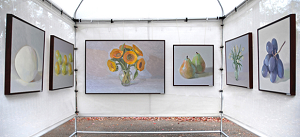
- Collect By Material: Love photographs? Look at emerging photographers like the unique color manipulated pieces by Bruce Rienfeld, the nature photographs of Glenn Lewis and the time transforming pieces of Mark Hersch.
Bruce Reinfeld’s Photography

Mark Hersch’s Photography
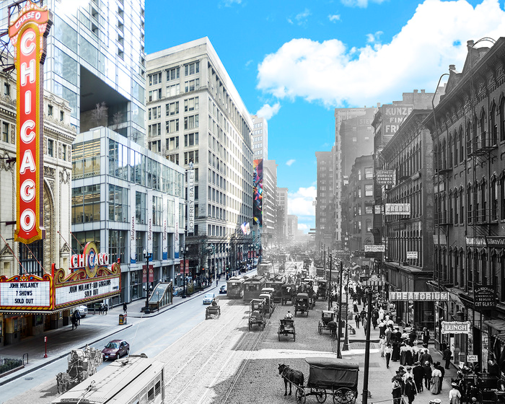
Glenn Lewis Grand Landscape Nature Photography (Below)

- Collect The Media. Love oils, look at the high realism pieces of painter Ken Orton, atmospheric statement pieces by painter David Gordon Collect them. Love watercolors? Look at the watercolor work of artist Anne Hanley Collect them. An interesting rich collection develops as the constant is the material, with an ever changing theme.
Ken Orton’s Realism Paintings

David Gordon’s Artwork

Anne Hanley’s Watercolor/Batique Artwork Below
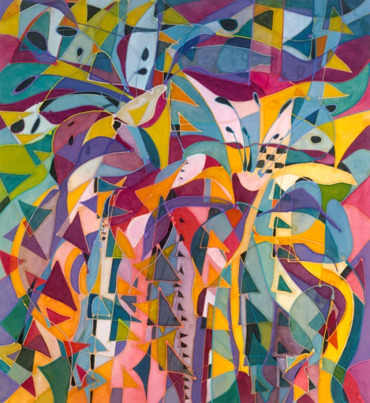
- Collect Art that is Functional. Create a home of art with artist designed and made furniture like the work of Jeff Easley, or the ceramics of Mary Jo Schmith. Wear your art…by way of unique jewelry by artists like Robert Trisko, Randy Polk, David Melnick, and John & Christine Strobel.
Jeff Easley, Furniture
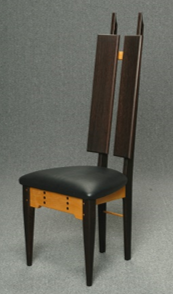
Mary Jo Schmith, Ceramics
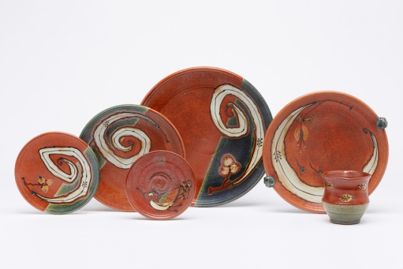
Randy Polk, Jewelry

Robert Trisko, Jewelry

David Melnick, Jewelry
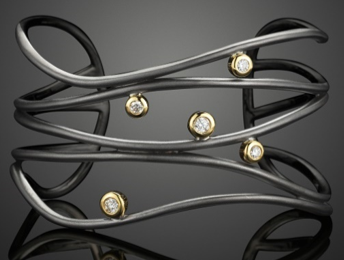
John & Christin Strobel, Jewelry
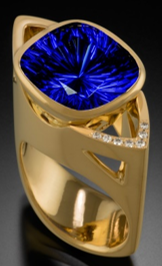
- Collect By Interest. This style of collecting allows for more flexibility. Collect what moves you at given point in time. Over the years, your collection will be a diary into your life.
- Collect By Artist. Some collectors follow an artist or two. They collect this artist over time and end up with an interesting collection showing different facets of the artist over time. Carla Bank’s pop pieces and Karina LLergo’s fantasy work continues to grow and change over time.
Carla Bank
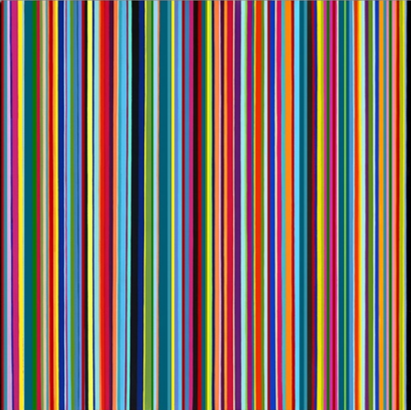
Karina Llergo

Does Size Matter?
Often, new collectors tend to want to buy small pieces. They are unsure about what they like and afraid of committing to large pieces of art. Often, these small pieces when hung alone can look weak on a large wall. If you do buy small art, consider designating a wall as your gallery wall and hanging your small pieces together. I like a grid format. Mary Johnston has 12” by 12” paintings you can hang together! She even has a webpage dedicated to her small pieces.

Consider buying pieces, but larger pieces as you become more comfortable buying art. These large pieces will anchor your collection.
Where to start?
Galleries are a great place to see art. Go in for visits. See what you like. There is no need to buy (even though some overzealous gallery employees may push). Gallery staff are great sources of information about the artists they represent. Go to gallery opening nights where you may meet the artist too. For more Chicago gallery information, go to: ChicagoGalleryNews.com
Go to juried art festivals where artists are typically present and show their original art in a booth. The word “juried” means that the artist had to apply with images of their work and then be asked or invited into the show. At the art shows, talk to the artists. Find out what motivated them to make their art and how they made their art.
Commissioning Art
Love the art but it’s not quite what you were looking for? Ask the artist about commissioning an original piece of art for you. When you commission art, you provide a size and then a theme or detail you’d like in a custom-made piece. Discuss pricing and payment with the artist too. And remember, having an original piece of art made takes time so some patience is required. Paintings, furniture, sculpture and jewelry can all be commissioned.
How to Find Art at an Art Festival
- First, select a show you’d like to visit. Amdur Productions produces more than 20 juried art festivals in the Chicago, Milwaukee, and Valparaiso areas each summer. Sign up for notices of upcoming shows too, to get up to the minute lists of exhibitors.
- Before you go to the show, go to the festival’s website, let’s take the Port Clinton Art Festival as an example. Look over the art and see what you like. This is kind of like a warm-up before a work out.
- Take a few pictures on your phone of rooms you’d like to find art for. You may want to take measurements too. Some people like bringing fabric swatches or paint samples.
- Go to the show (remember, take off your sunglasses when looking at art, and ask the artist if they are ok with photos before you snap away).
- At the show, walk through slowly, and walk near the openings to the artists booths where you can see the art, not down the middle of the aisle. When you see something that interests you, walk into the booth. Look at the body of work. Talk to the artists and hear their story. Prices should be indicated, and these are really the prices, not a door to bidding.
- If you love the art and it is in your budget, buy it. If you aren’t sure, take a business card and write the booth number on it. You will come back later.
- Not sure if the art is the right size in the case of a big piece? Ask the artist if they can bring it over for a home visit after the show. Artists like David Gordon do this routinely.
- Stop for breaks as you need them. Don’t get worn out.
- Go back and visit your “not sures”. How do you feel about them now? Still not sure, that’s ok. Ask the artist if they will be back in the area anytime soon and plan on seeing them again.
- Give yourself permission to not buy. It’s ok to just enjoy the experience of looking at art. The more you look, the more you will know what you like.
Bonus TIP 1. While you may think that unframed art is a better price, typically the price of your framing art will easily exceed the artists’ framed price. Plus, the framed piece you buy can be hung that same day! Want to frame it yourself? A good framer can suggest great options for you.
Bonus Tip 2. Artists will often be more than happy to hang the big piece your bought from them at a festival. Just ask.
Watch my blog on Fridays. Future topics include: Collecting Functional Art, Furniture and Ceramics, Collecting Sculpture for Inside and Outside , Hanging and Displaying Art, and Collecting Art on a Budget.
Visit www.amdurproductions.com for more information on our 24 art festivals in 2020.
Visit www.artzipper.com to see over 4,000 pieces of curated art.
Have an art question? Email us at [email protected]

